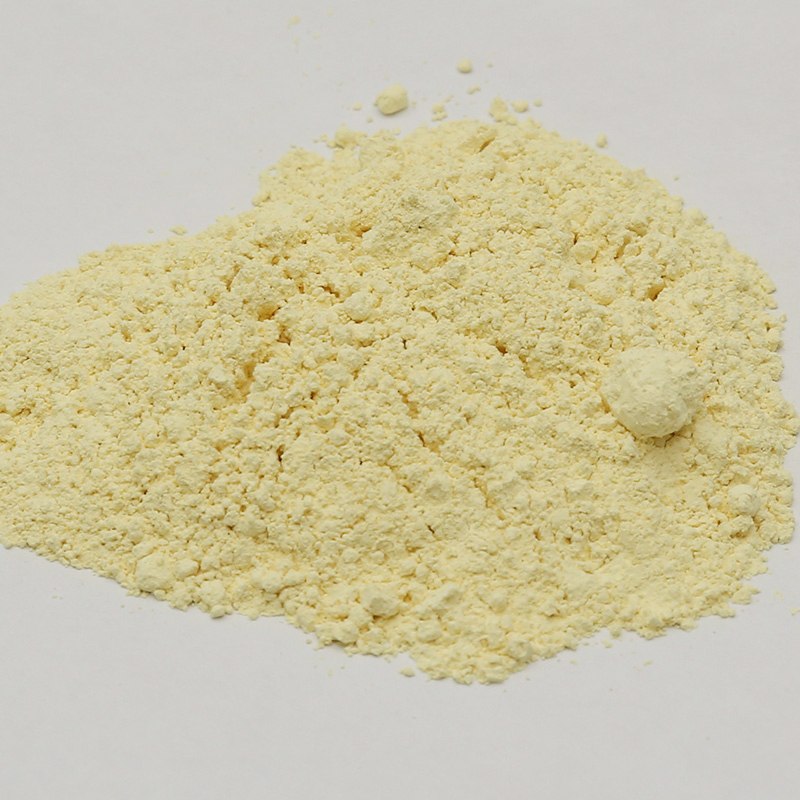Divided into two categories: inorganic and organic. The former category includes sulfur, sulfur monochloride, selenium, and tellurium. The latter category includes sulfur-containing accelerators (such as accelerator TMTD), organic peroxides (such as benzoyl peroxide), quinone oxime compounds, polysulfide polymers, urethanes, and maleimide derivatives Wait.
Dry vulcanization in the catalyst is carried out in a high-pressure circulation loop composed of heating, reaction, heat exchange, cooling, high-pressure separation, circulating hydrogen compressor and logistics pipelines of hydrocracking. The procedure includes: using the circulating hydrogen heated by the heating furnace, heating the catalyst at the maximum circulating hydrogen flow rate and the required heating rate, and injecting the sulfiding agent (DMDS) into the inlet of the reaction heating furnace at the strictly controlled flow rate. The sulfurizing agent decomposes in the presence of hydrogen to generate H2S sulfurized catalyst. When the catalyst is presulfided, the following two main reactions will occur in the reactor:
(1) The sulfurizing agent (DMDS) first reacts with hydrogen to produce hydrogen sulfide and methane. This reaction is exothermic. This reaction generally occurs at the entrance of the refining reactor R101, and the reaction speed is relatively fast.
(2) Oxidized catalyst active components (nickel oxide, molybdenum oxide, etc.) react with hydrogen sulfide to become sulfided catalyst active components. This reaction is an exothermic reaction and occurs on each catalyst bed in the reactor . The temperature rise during pre-vulcanization is caused by this reaction.
(3) According to the above-mentioned chemical reaction equation and the content of active metal components in the catalyst, the theoretical amount of sulfiding agent and the theoretical amount of water produced per unit of catalyst can be calculated.
There may also be undesirable side reactions during the sulfidation process: the active components of the catalyst in the oxidation state (nickel oxide, molybdenum oxide, tungsten oxide) are reduced by hydrogen to generate elemental metal and water, which will greatly damage the activity of the catalyst. This reaction is extremely harmful and should be avoided as much as possible. This side reaction is more likely to occur in the presence of hydrogen and no hydrogen sulfide, the higher the temperature (greater than 230°C).
The vulcanization process mainly goes through two constant temperature stages at 230°C and 370°C. The degree of completion of vulcanization is generally based on the total amount of vulcanizing agent added to reach 120% of the theoretical sulfur content of the catalyst calculated based on the metal. The constant temperature time can be determined by measuring the hydrogen sulfide concentration at the outlet of the reactor. The hydrogen sulfide must be required to completely penetrate the catalyst bed before the constant temperature of 230°C (marked by the beginning of a large amount of hydrogen sulfide in the circulating hydrogen). The final vulcanization temperature is generally 360°C-370°C. In fact, there is an equilibrium limit value at every temperature. Even if the vulcanization time is prolonged, the sulfur content will no longer increase. When the temperature reaches 300°C or higher, the vulcanization reaction speed is already very fast, and the vulcanization can be completed.

chemical name: Trimer thiocyanate, triazine trithiol, 1.3.5-triazine-2.4.6-trithiol, 2.4.6-trithiol thiotriazine
Molecular weight:177.3
Use:Suitable for acrylic rubber ACM, chloroether rubber CO, chloroprene rubber ECO and chloroprene CR can also be used for rubber-plastic blending materials.



 English
English Português
Português Español
Español русский
русский 中文简体
中文简体









